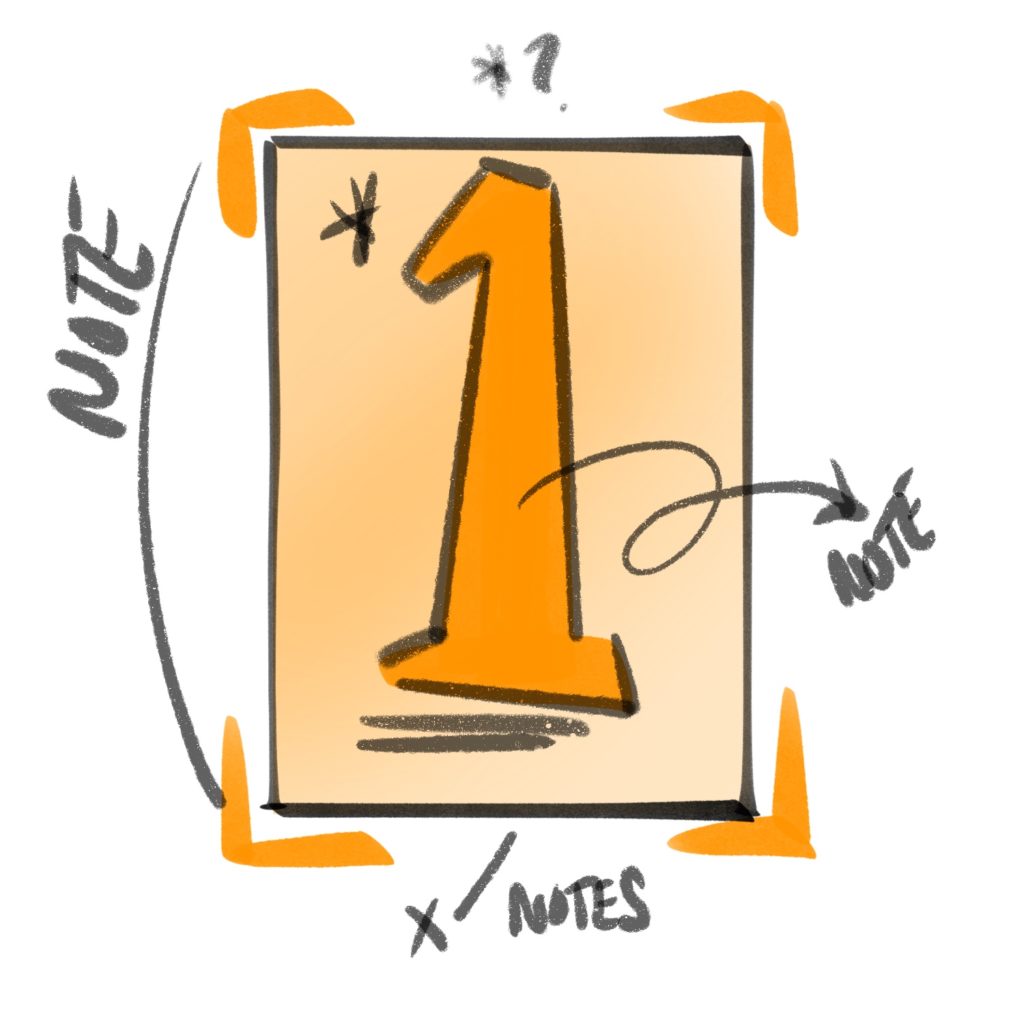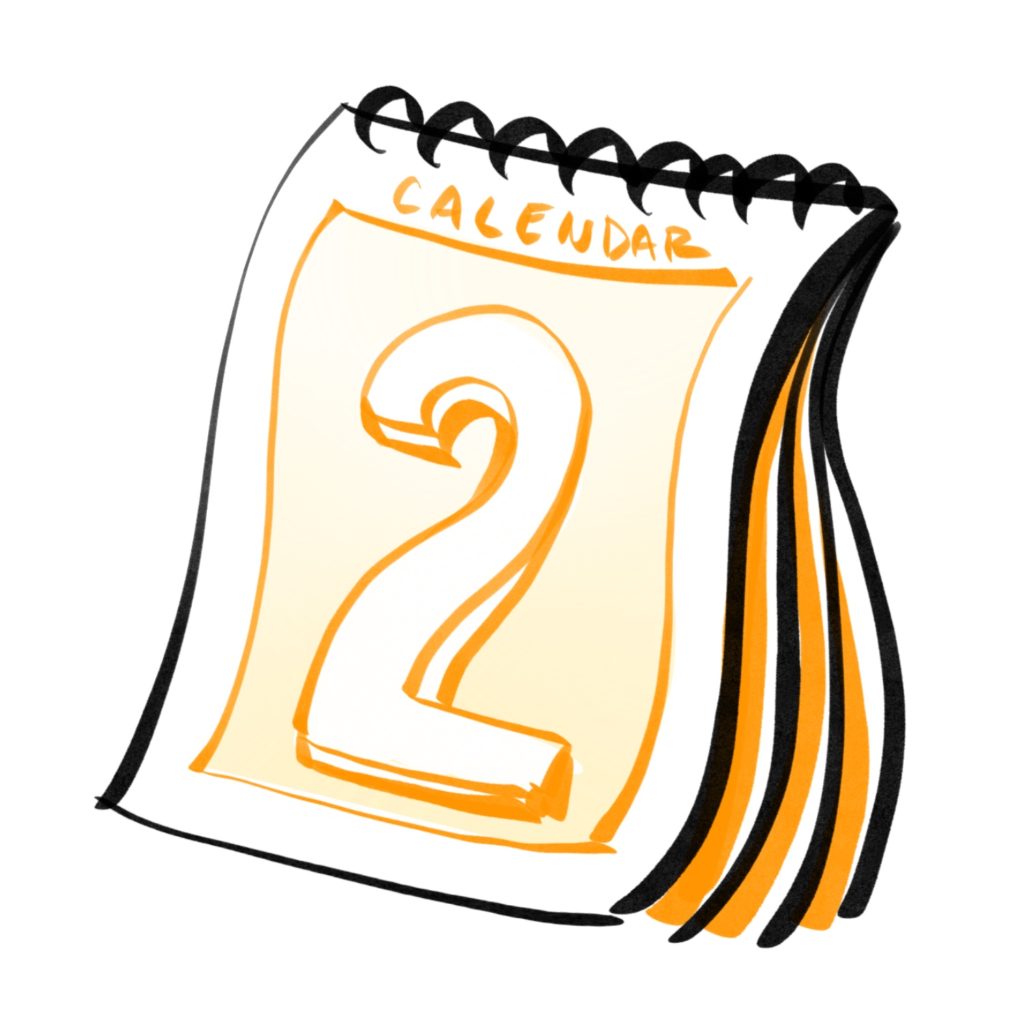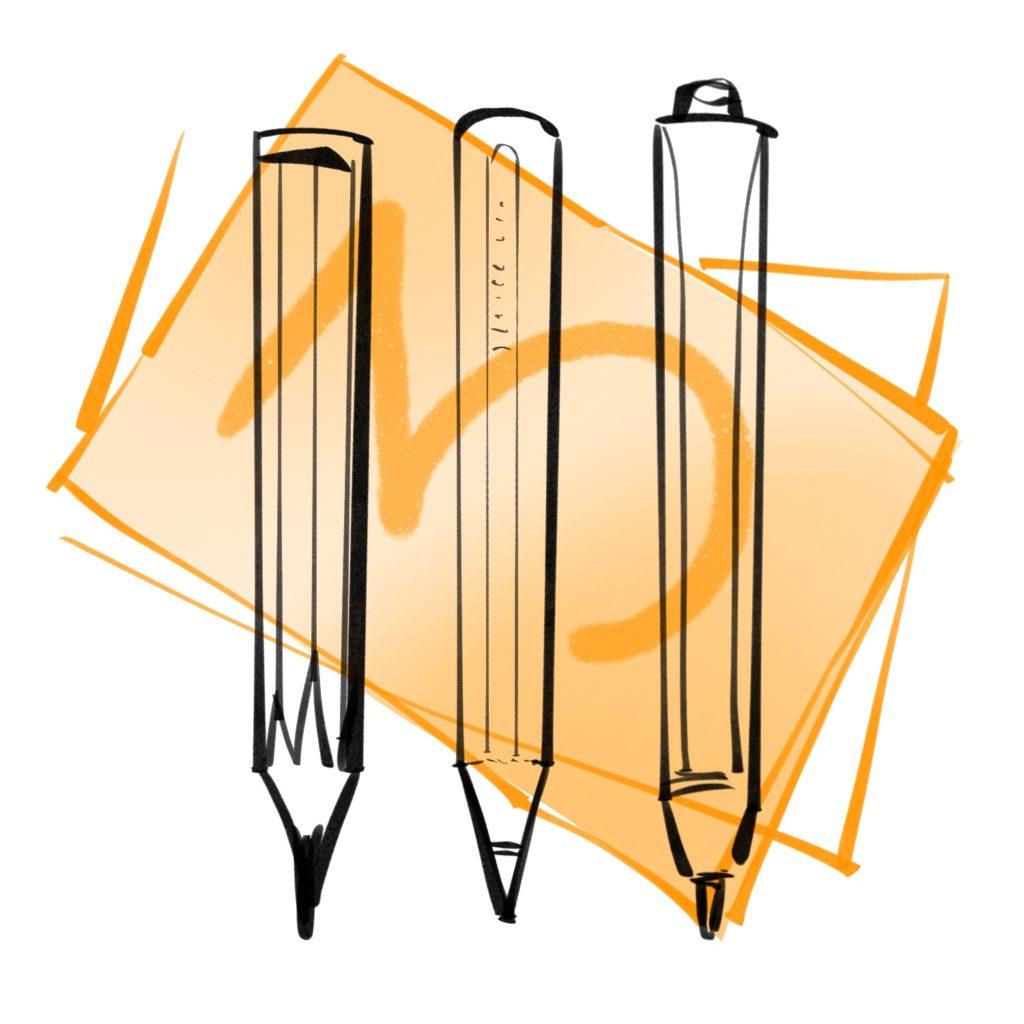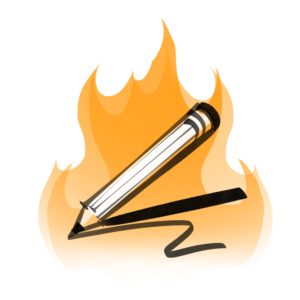When it comes to doing storyboards for a production, there are three main things you need to know in order to create an efficient schedule and approach: WHAT, WHEN, and HOW. Here are my notes and thoughts on how to work in the most efficient and organized way.
WHAT
What are the parameters of the project?
Art Sizing
- Dimensions: What aspect ratio do they need? Square? 16:9? Is this spot for social media or is it a TV spot? Determine the size before starting your drawings.
- Resolution: 300 is pretty standard, but I’ve had Clients request that I make the images smaller or lower quality for various reasons.
Reference Images
- Character References: Sometimes producers or directors have a casting sheet of the actual actors who will be in the spot, and can share this with you so you have a solid reference. Other times they will have reference photos tucked away inside a mood board or treatment. Perhaps they just have a few names of famous actors who they imagine could fit the part. Or maybe they have no idea and it’s up to you to create characters from your own imagination.
- Location References: If it’s for a film or commercial spot, I’ll often ask if production has any photos of locations they’ve locked down, or maybe even some locations they are just scouting.
Descriptions
- Script: Some artists love working from scripts because often it’s an opportunity to have a bit of creative freedom with the drawings. But one important thing to note is that storyboard artists are responsible for making the DIRECTOR’s vision come to life, not necessarily their own. You’ll need to find out what part of the script the Client wants boarded. All of it? A few key moments? How many boards do they expect you to draw? Getting a number or at least a range is important for estimating how much time it’ll take you to complete the gig.
- Shot list: As a filmmaker myself, I have a lot of experience working with and creating shot lists. My familiarity with focal lengths and film lingo allows me to work straight from a standard list and create boards from that.
- Treatment: Sometimes a treatment will contain a script, boards previously made by another artist, or simple write ups. Be sure to find out what parts of the treatment they want you to focus on. Some treatments are very long, and you shouldn’t waste your time studying the entire thing, if all they want you to do is focus on 2 pages.
- Mood Board / Reference Images: Sometimes they just want you to draw from specific photographs or sketches made by the director. Find out how close to the originals they need your drawings to be, or if you can make your own judgements in terms of style or adjusting compositions in case something they want drawn isn’t physically possible or something. Communication and clarity is key.
Style
- What type of boards does the Client want? Full color, black and white shaded, linework only, sketch? Make sure you’re clear on the style so that the Client’s expectations match your output. It’s also important to clarify what style they want because different types of boards require different amounts of rendering time to complete, and also factors into cost.
- Have them send you a visual reference for style. A Client can say “we want it to be cartooney” but in the world of illustration, that just opens a can of worms! Best to get a visual reference from them so that you are on the same page as far as aesthetics.
- If you’re doing color boards or shaded boards, you’ll likely want to pay attention to the lighting. A lot of times you can get lighting cues form the script, but sometimes the director or DP has a specific idea of how they want the light, and it’s ideal to try and render what they have envisioned.
- Detail: Find out how much detail they want you to put in. Sometimes they’ll say “don’t worry about the details” because they value quantity over quality. Sometimes they say “Please render as much detail as you can” because maybe the boards are for presentation purposes, and they need them to look slick. In either case, try not to guess. Ask them how detailed they need the boards to be, so you can be as efficient and accurate as possible.
WHEN
When is the deadline? Does the Client need you to send your works in progress at End Of Day each day, or do they just want you to send the deliverables all together once everything is done? Is the project rush? Deadlines dictate your workflow and also price. I’m fortunate enough to work with an agent who handles my pricing for me, but if you’re providing estimates or pricing yourself, then you’ll need to take workflow deadlines into account when working out the numbers.
HOW
- Do they want you to work on site (in their offices or at a director’s place?) OR do they want you to work remotely?
- Working on Site: Get the address and all details of how to get into the office ahead of time. Do you need to ring a buzzer? Do you need to say someone’s name at the front desk? Find out and plan your trip to the location the day before so that you can be sure to get to the location on time. Productions have tight schedules and the film industry is very unforgiving about tardiness. If you show up late, they probably won’t ever want to work with you again!
- Working Remotely: If you’re working from home, do they still want to do briefs or meetings throughout the day? Do you need to check in? Do they want to do a screenshare with you? Most of the time, remote work means you’re just sending the images either as you finish them or at EOD, but sometimes the Client will want more communication with you throughout the workday.
- Budget: Now that you have all your info, figure out your approach to the gig. Are the Client’s deadlines reasonable? Tell them if you’ll need more time. Is the project budget fair for the amount of work you’ll need to do? Let them know. There are often compromises that can be made, such as creating faster, simpler boards or adjusting the rate from a day rate to an hourly rate that can work with a Client’s budget better. Then sometimes, there are situations where it’s best to walk away from the project or recommend someone else for the job if your schedule doesn’t work out with the project’s timeline.
At the end of the day, each project is different and every production company has their own workflow. As the artist, you’ll need to take into account all project details in order to accurately plan your workflow. Communication is key, and if for example, the Client changes the parameters of a project by moving up deadlines, failing to provide you with necessary reference materials for you to begin work, or asks for you to do additional work that wasn’t listed in the original parameters of the job, then you’ll have to make it known how those factors will affect the project’s budget or timing. If you’re working freelance and don’t have an agent, then it’s critical for you to have some kind of contract in place. Even an email that lists out clearly the dates of work, number of boards, and rate will help keep everyone on the same page about the workload expectations.
Hope that these notes provided a little insight into the industry, or helped beginning boarders out there to figure out how they can develop healthier Client relations and stronger communication.
Happy Boarding! 🙂
-Lee




